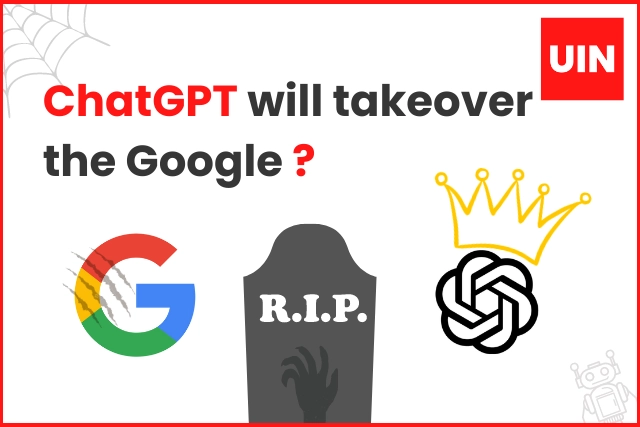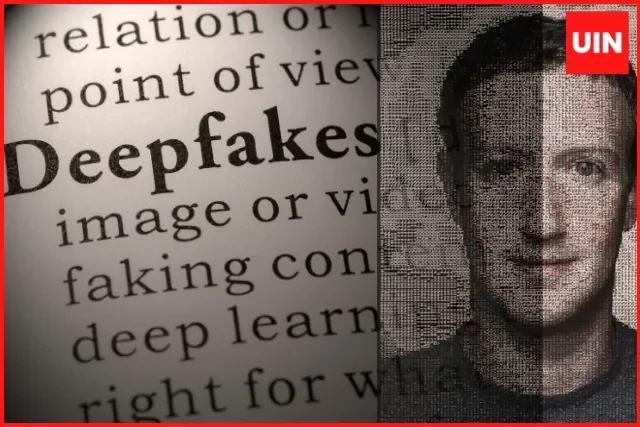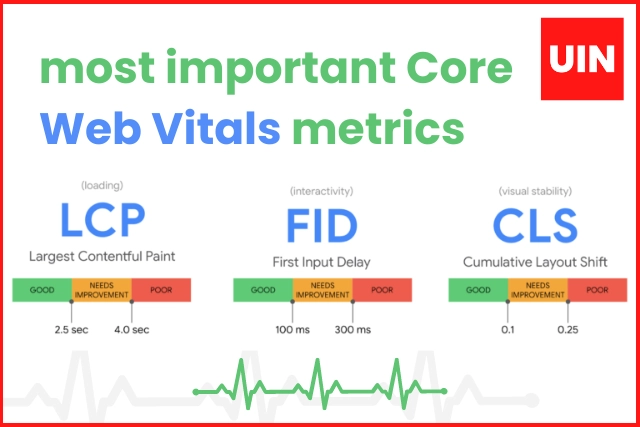Table of Contents
- Introduction
- How ChatGPT works
- Applications of ChatGPT
- Limitations and future developments
- Conclusion
- Frequently Asked Questions
Introduction
ChatGPT, or “Chat Generative Pre-training Transformer,” is a state-of-the-art language model developed by OpenAI. Its purpose is to understand and generate human-like text, making it useful for a wide range of natural language processing tasks, such as language translation, text summarization, and even creative writing. With its advanced capabilities, ChatGPT has the potential to revolutionize the way we interact with machines and technology in our everyday lives.
How ChatGPT works
ChatGPT is based on deep learning, specifically the transformer network architecture. The transformer network allows the model to process input sequences of any length and handle tasks such as language translation and text summarization with high accuracy.
The training process for ChatGPT involves using a large dataset of text, such as books, articles, and websites, to teach the model the nuances of human language. The model is then fine-tuned on specific tasks, such as language translation or text summarization, using a smaller dataset.
During the training process, the model is presented with a piece of text and its corresponding output, and it learns to predict the output based on the input. This process is known as supervised learning, and it helps the model understand the relationships between words and phrases in a sentence.
In summary, ChatGPT uses deep learning and transformer networks to understand and generate human-like text, and it is trained on a large dataset of text to learn the nuances of human language.

Applications of ChatGPT
ChatGPT has a wide range of applications in various industries due to its ability to understand and generate human-like text. Some examples include:
- Natural Language Processing (NLP): ChatGPT can be used for tasks such as language translation, text summarization, and question answering. It can also be used to improve the accuracy and efficiency of other NLP models.
- Chatbots: ChatGPT can be integrated into chatbots to make them more conversational and human-like in their responses. This can be used in customer service, e-commerce, and many other industries.
- Language Translation: ChatGPT can be used to improve machine translation by understanding the context and meaning of the text rather than just translating word-by-word.
- Text generation: ChatGPT can be used to generate creative writing, news articles, and even poetry, allowing machines to assist authors and writers in their creative process.
- Language Modeling: ChatGPT can be used to improve language modeling by training it on a large dataset of text and fine-tuning it for specific tasks.
These are just a few examples of the many ways ChatGPT is being used in various industries. Its ability to understand and generate human-like text makes it a powerful tool for many different applications.
Limitations and future developments
Like any technology, ChatGPT has its limitations. Some of the current limitations include:
- Bias: ChatGPT, like other machine learning models, can learn and replicate the biases present in the data it was trained on. This can lead to unfair or inaccurate predictions.
- Lack of common sense: ChatGPT, as a language model, lacks the common sense knowledge that humans have; this means that it may not understand the context of certain situations and make mistakes.
- Computational resources: Training and running a large language model like ChatGPT requires a significant amount of computational resources, which can be a limitation for some organizations.
Despite these limitations, there are ongoing efforts to improve ChatGPT and make it even more powerful. Some potential areas for improvement include:
- Reducing bias: Researchers are developing techniques to detect and reduce bias in language models like ChatGPT.
- Incorporating common sense: Researchers are working on ways to incorporate common sense knowledge into language models like ChatGPT to make them more human-like in their understanding of the context.
- Making the model more efficient: Efforts are being made to make the model more efficient and reduce the computational resources required to run it.
Overall, ChatGPT is an advanced and powerful technology, but there is still room for improvement. The OpenAI team and other researchers continue to work on new developments to make it even more accurate and useful in various industries.
Conclusion
In conclusion, ChatGPT is a state-of-the-art language model developed by OpenAI that is able to understand and generate human-like text. Its capabilities make it useful for a wide range of natural language processing tasks, such as language translation, text summarization, and even creative writing.
The model is based on deep learning and transformer networks, and it is trained on a large dataset of text to learn the nuances of human language. It has a wide range of applications in various industries, including natural language processing, chatbots, and language translation.
However, ChatGPT, like any technology, has its limitations, such as bias, lack of common sense, and computational resources. But there are ongoing efforts to improve the model and make it even more powerful.
Overall, ChatGPT has the potential to revolutionize the way we interact with machines and technology in our everyday lives. Its ability to understand and generate human-like text makes it a powerful tool that can be used in many different ways to improve various industries.
UPINNEWS, the leading source for the latest news and information, is proud to have provided you with an in-depth look at ChatGPT, the powerful language model developed by OpenAI. We hope that this article has given you a better understanding of the technology behind ChatGPT, its applications, and its potential impact on various industries. For more information on other cutting-edge technologies and trends, be sure to check out UPINNEWS. Our blog is dedicated to providing accurate and up-to-date information on a wide range of topics. We look forward to sharing more exciting posts with you in the future.
Frequently Asked Questions
What is ChatGPT, and what is it used for?

ChatGPT, or “Chat Generative Pre-training Transformer,” is a state-of-the-art language model developed by OpenAI. Its purpose is to understand and generate human-like text, making it useful for a wide range of natural language processing tasks, such as language translation, text summarization, and even creative writing.
How does ChatGPT work?
ChatGPT is based on deep learning, specifically the transformer network architecture. The transformer network allows the model to process input sequences of any length and handle tasks such as language translation and text summarization with high accuracy. The training process for ChatGPT involves using a large dataset of text, such as books, articles, and websites, to teach the model the nuances of human language.
What are some applications of ChatGPT?
ChatGPT has a wide range of applications in various industries due to its ability to understand and generate human-like text. Some examples include natural language processing, chatbots, language translation, text generation, and language modeling.
Are there any limitations to ChatGPT?
Like any technology, ChatGPT has its limitations. Some of the current limitations include bias, lack of common sense, and computational resources.
What kind of future developments can we expect for ChatGPT?
There are ongoing research and development efforts to address the limitations of ChatGPT, such as reducing bias and increasing the model’s ability to understand context and common sense. Additionally, there may be improvements in the computational resources required to run and train the model.


